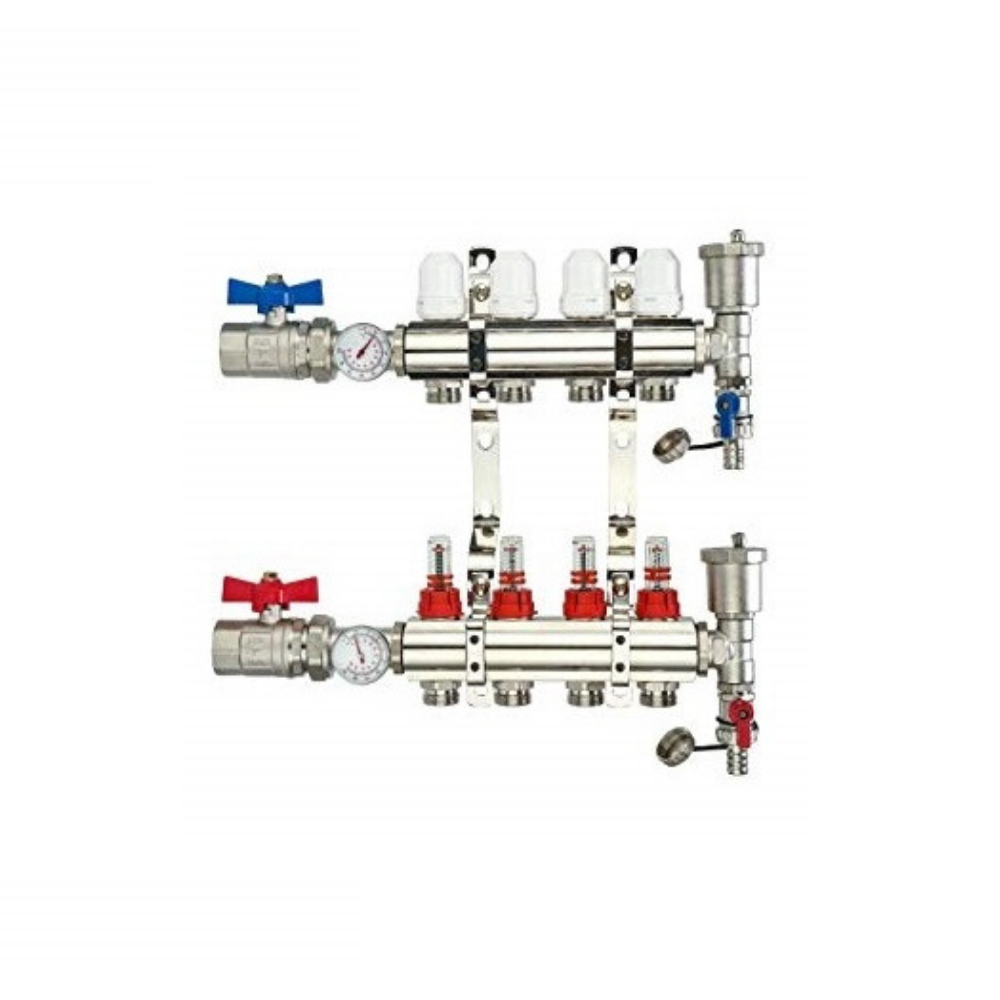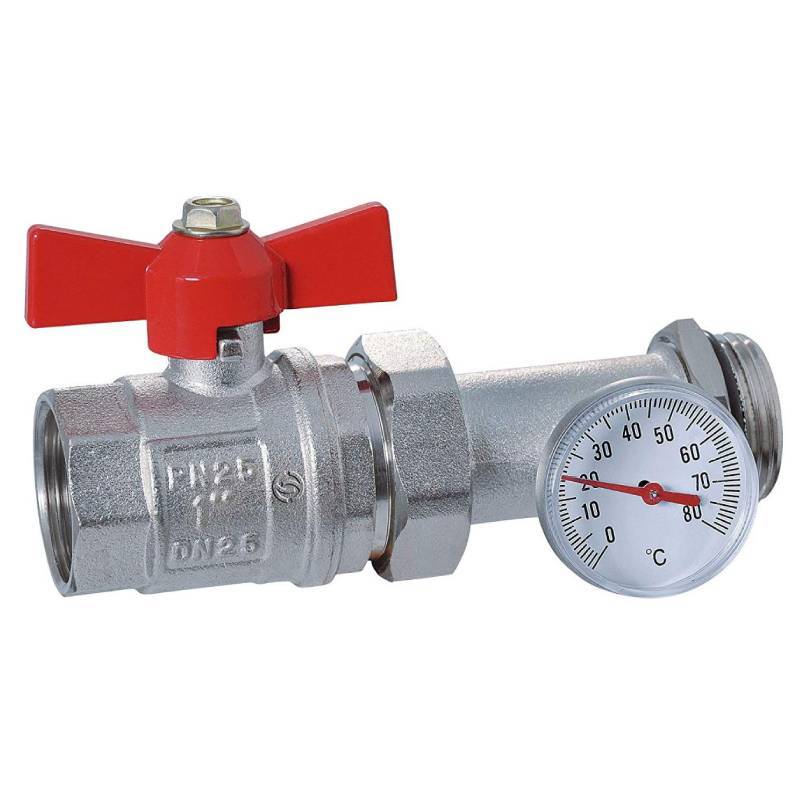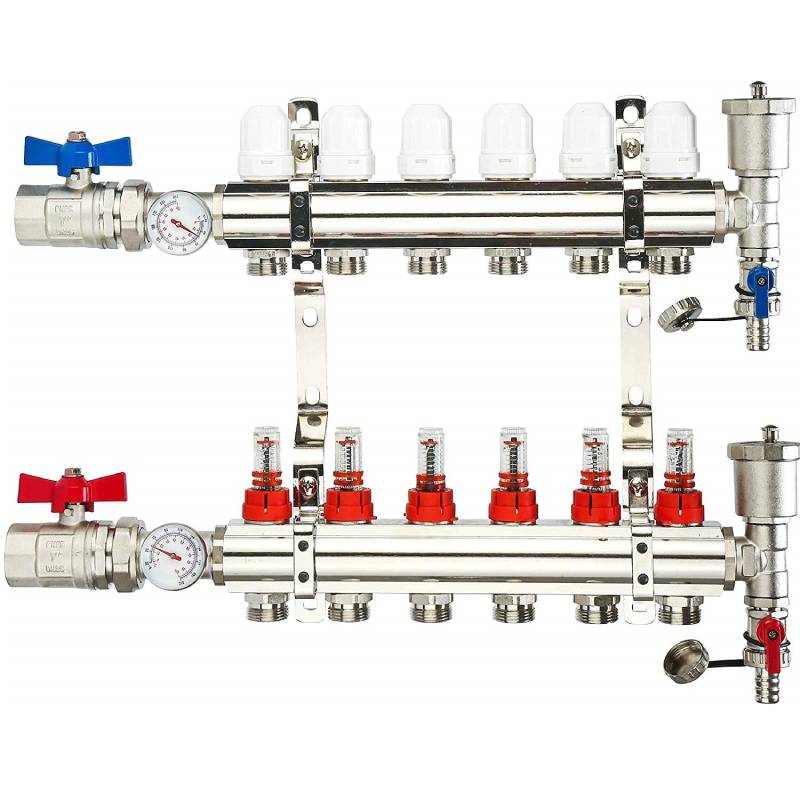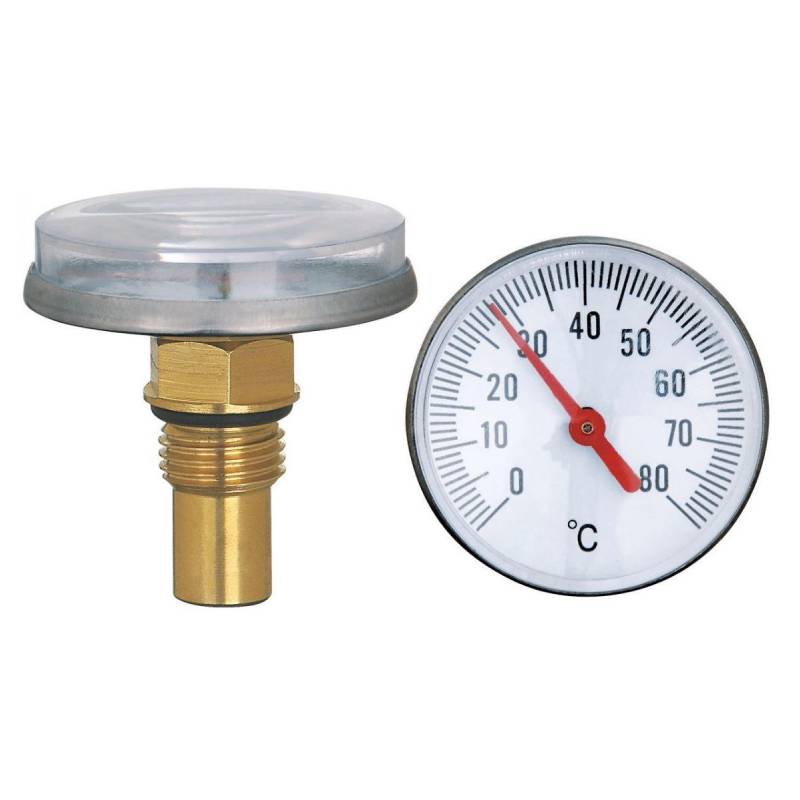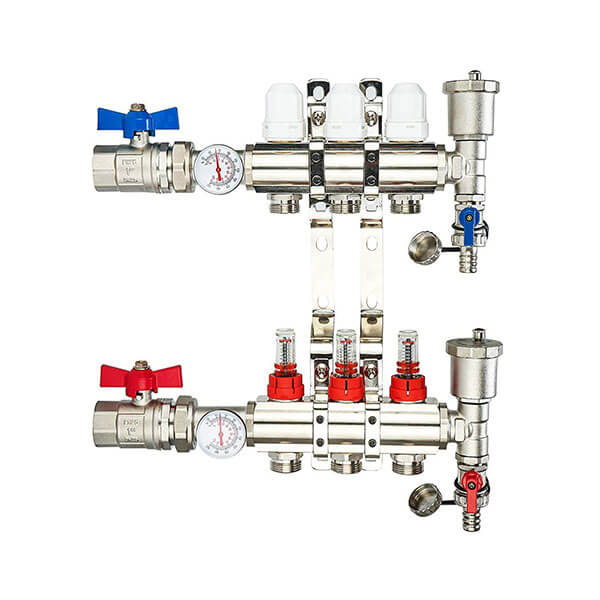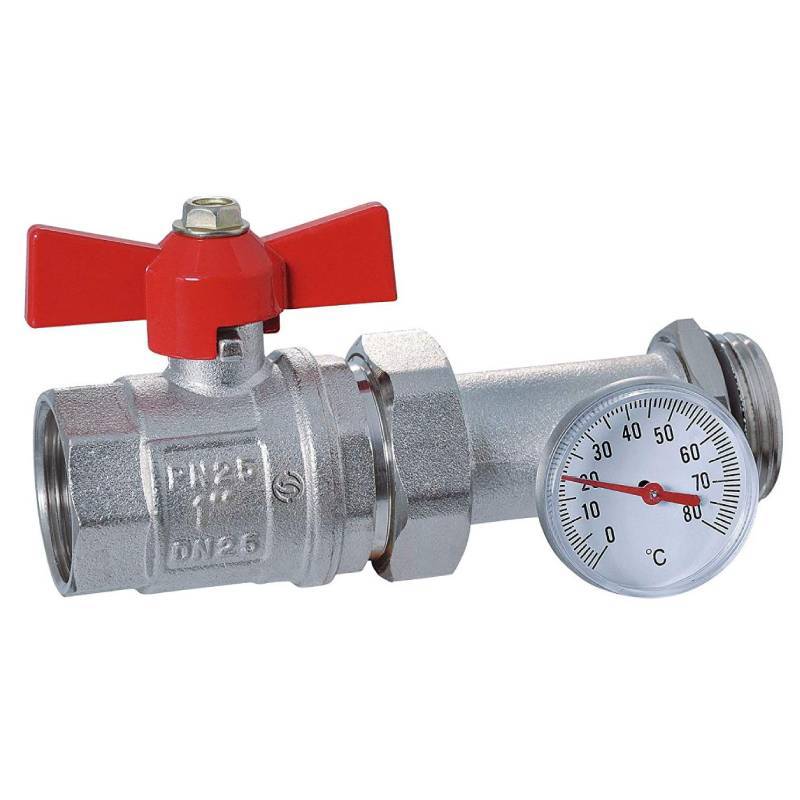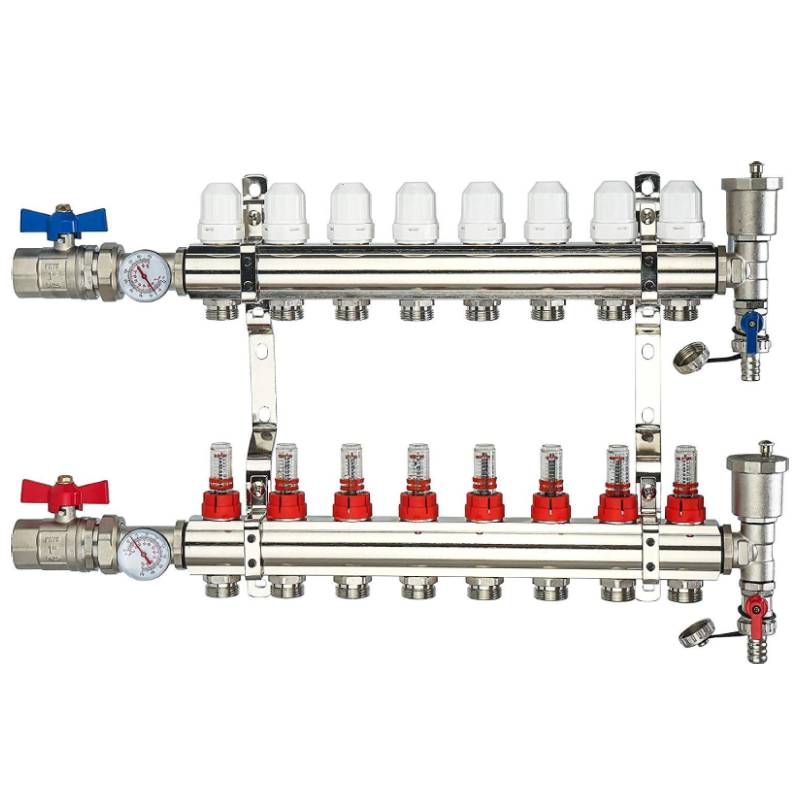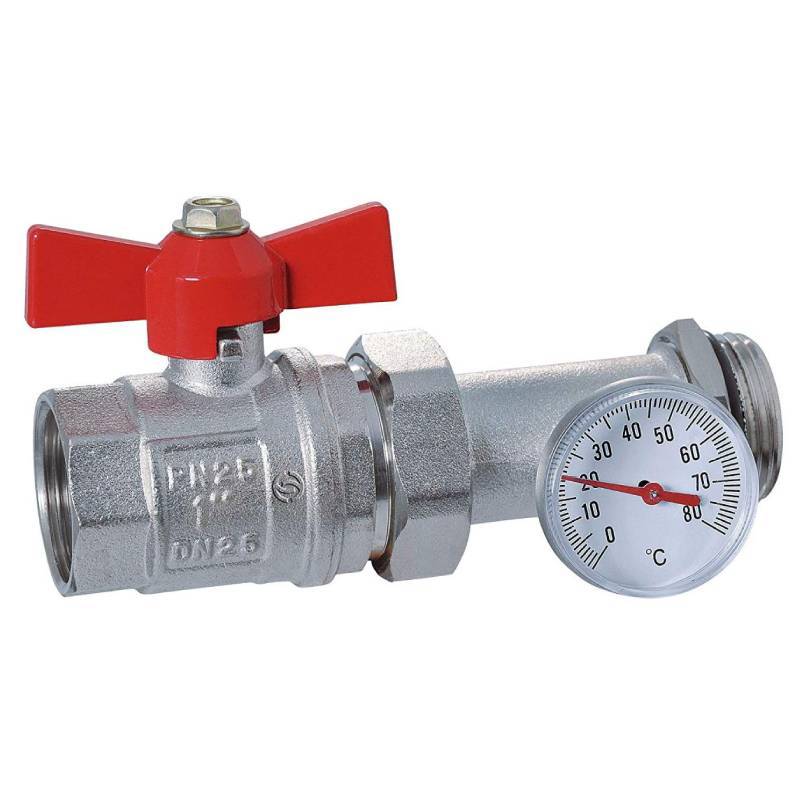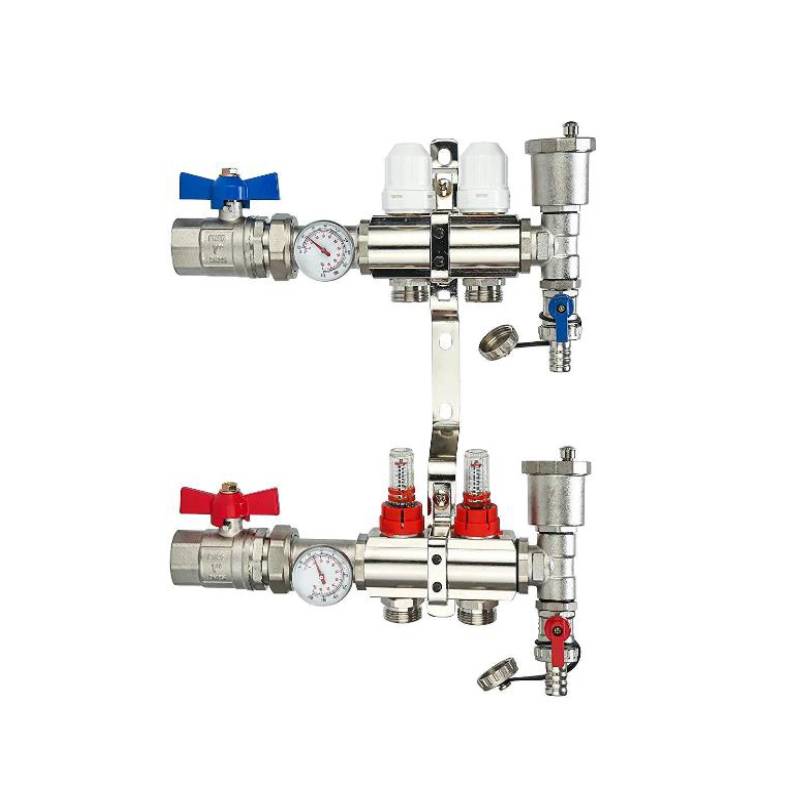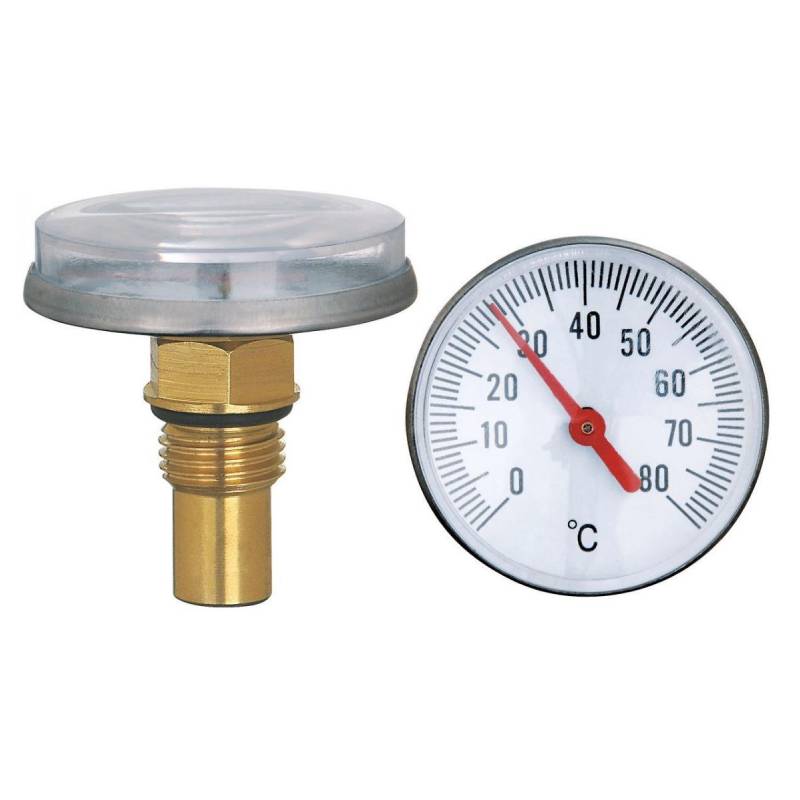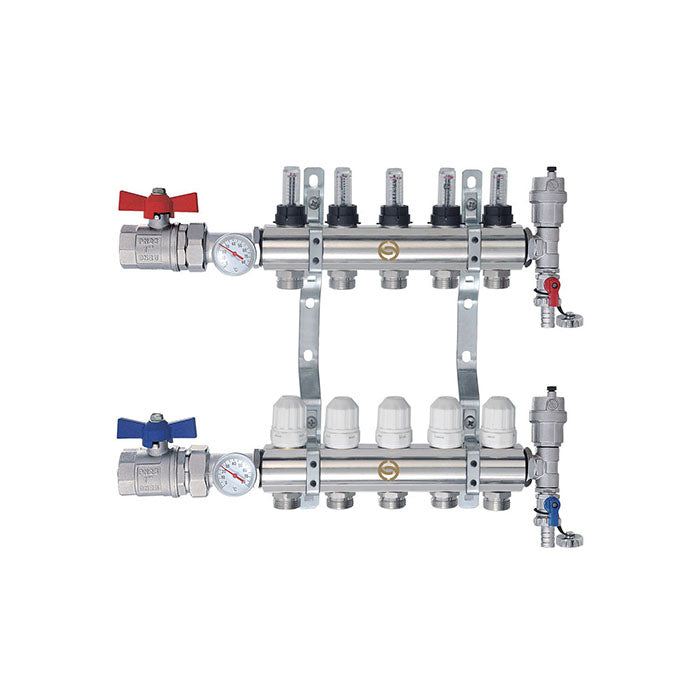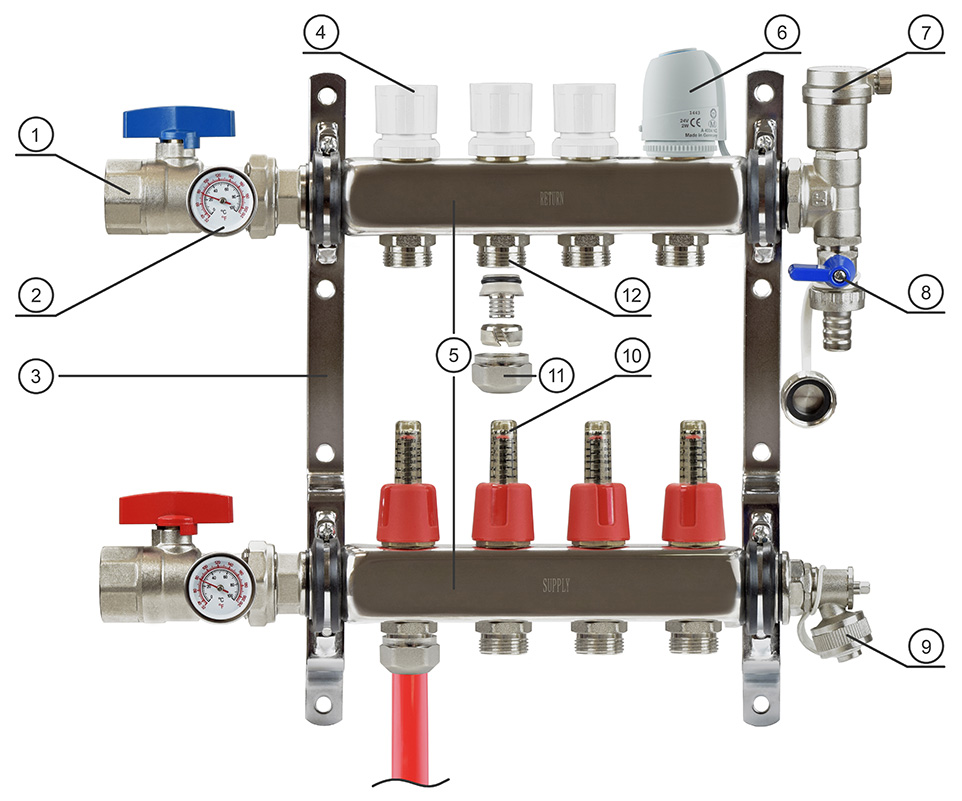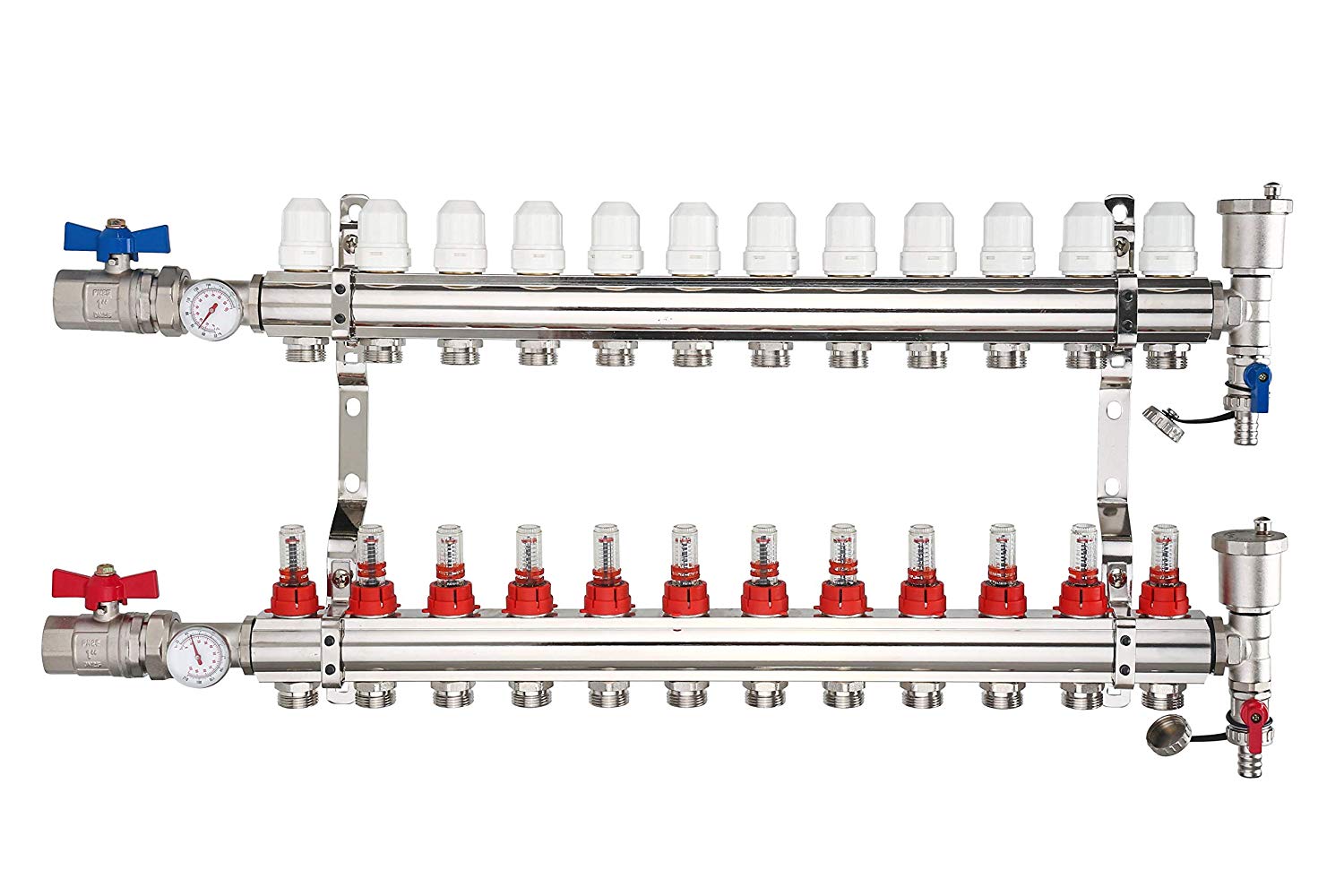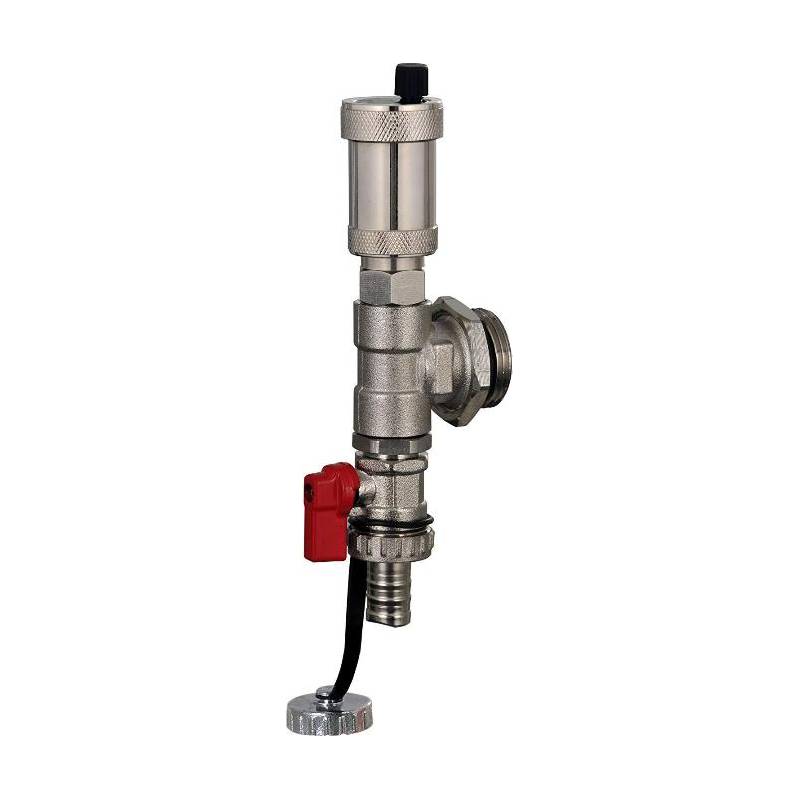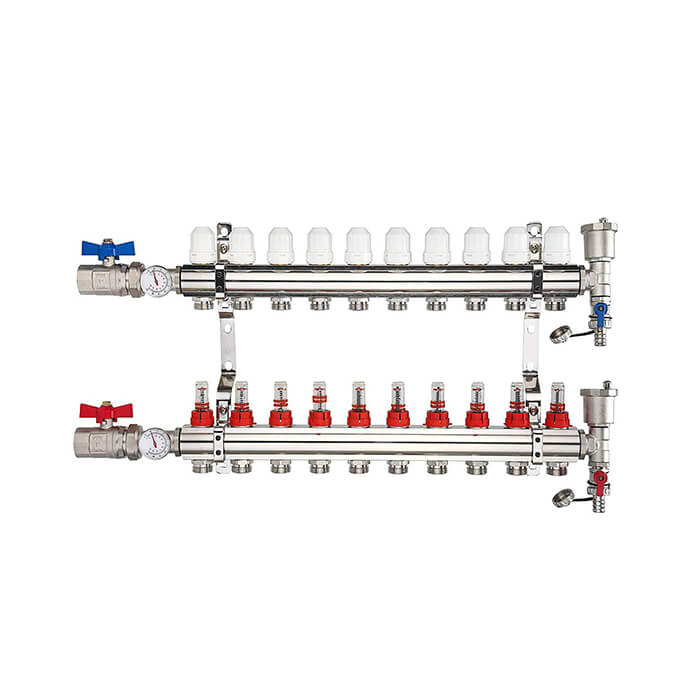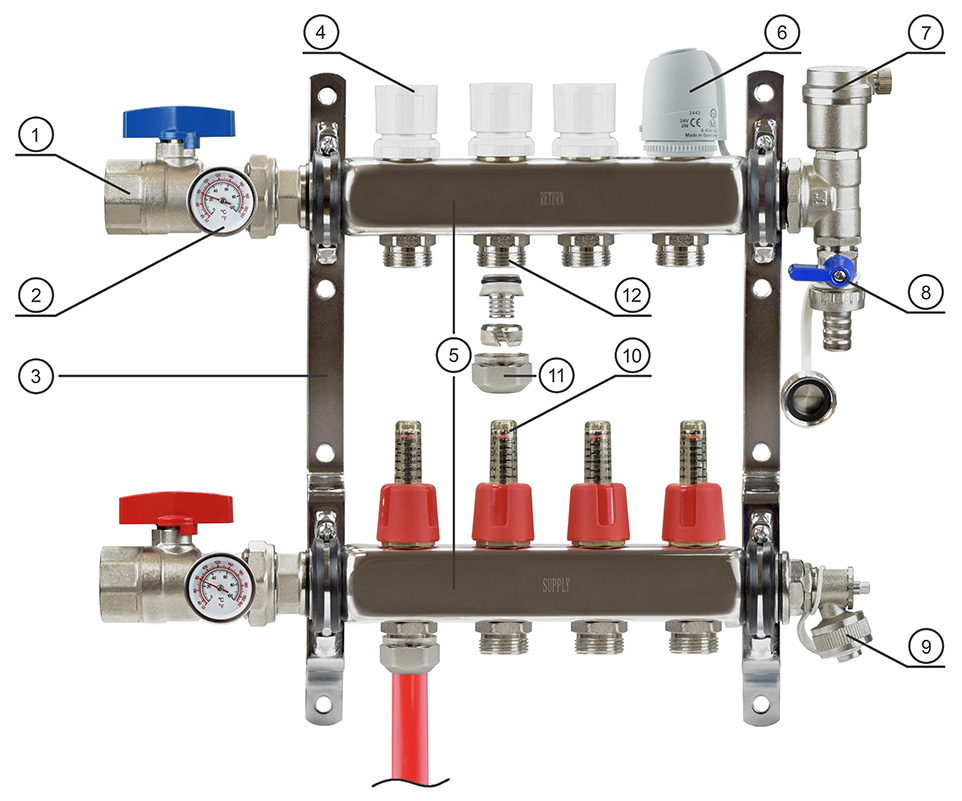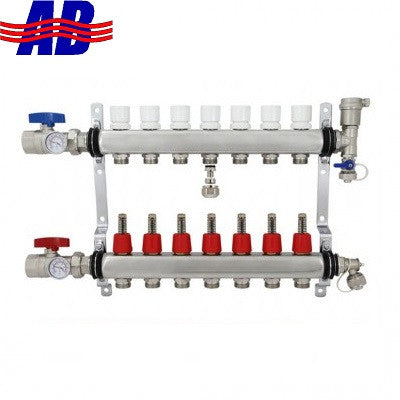
Radiant heating systems are one of the most effective ways to maintain a comfortable indoor temperature. Instead of relying on forced air, they use heated water to warm floors and distribute heat evenly throughout a space. The key to ensuring this system works efficiently is the radiant heat manifold. This component is responsible for directing and balancing the flow of hot water through different circuits, preventing uneven heating and energy waste.
How a Radiant Heat Manifold Works
At the heart of every hydronic radiant floor heating system is a radiant heat manifold. This unit distributes heated water from the boiler to individual loops of PEX tubing beneath the floor. Each loop carries warm water to different house areas, ensuring a consistent temperature without forced air circulation.
A well-designed manifold regulates water distribution by balancing valves, flow meters, and isolation valves. These features allow users to adjust the heat output for specific zones, preventing overheating or cold spots. For homes with multiple rooms or floors, a radiant floor heating manifold ensures each space receives the right amount of warmth.
Manifolds also simplify system maintenance. With built-in flow meters, homeowners can monitor water circulation and detect potential issues early. If a specific zone requires adjustment, individual valves make it easy to fine-tune the temperature without affecting the rest of the system.
Why Brass Manifolds Are the Preferred Choice
The material plays a crucial role in long-term performance when selecting a manifold radiant heat system. Brass manifolds are widely preferred due to their superior durability, resistance to corrosion, and ability to withstand high temperatures. Unlike plastic alternatives, brass components ensure a leak-free connection and maintain efficiency over time.
Our brass manifolds have precision-engineered components that enhance performance. With options ranging from two-loop to twelve-loop configurations, they cater to various heating needs. Whether for residential homes or commercial spaces, investing in a durable radiant heating manifold system guarantees long-lasting efficiency and comfort.
Customization for Different Heating Requirements
Not all heating systems are the same, and different spaces require different heating outputs. Some homes may need only a small radiant heat manifold with two or three loops, while larger buildings may require multiple zones and up to twelve loops.
A key advantage of using a radiant floor heating manifold is the ability to customize temperature settings for different areas. For example, living rooms and kitchens may require higher heat levels, while bedrooms benefit from a milder setting. An adjustable manifold allows each zone to be fine-tuned to meet specific comfort needs.
Our selection of manifolds is compatible with various pipe sizes and connection types, making installation seamless. These systems’ flexibility ensures they can be integrated into new construction projects or used to upgrade existing heating setups.
Key Features for Enhanced Performance
A high-quality radiant heat manifold is designed with several essential features that contribute to heating efficiency and ease of use:
- Flow meters – Allow users to monitor and adjust water flow for consistent heating
- Balancing valves – Enable precise control of heat distribution across different zones
- Isolation valves – Make maintenance simple by allowing individual loop adjustments
- Sturdy mounting brackets – Provide a secure and stable installation
These features enhance heating performance and make system management easier for homeowners. A well-maintained radiant manifold ensures that the heating system operates efficiently and minimizes energy waste.
The Role of a Manifold in Energy Efficiency
A properly installed radiant heating manifolds system significantly improves energy efficiency. Distributing heat evenly and eliminating temperature fluctuations reduces strain on the boiler and lowers overall energy consumption.
Heat often escapes through ducts in a forced-air system, leading to energy loss. In contrast, a radiant floor heating manifold ensures that heat is delivered directly to the floor, reducing waste and improving heating performance. This results in lower energy bills while maintaining a warm and comfortable environment.
These manifolds prevent unnecessary heating in unused areas by allowing users to control individual heating zones. This zoning capability is particularly beneficial in larger homes or buildings with varying heating needs.
Choosing the Right Radiant Heat Manifold for Your System
Selecting the right radiant heat manifolds depends on factors such as the number of loops, the size of the space, and the type of heating system. A properly sized manifold ensures optimal heat distribution and prevents performance issues.
For homeowners looking to enhance their radiant heating system, our collection includes various options designed to meet different heating demands. These manifolds provide reliable and efficient heating solutions with durable materials, precision-engineered components, and easy-to-use controls.
Upgrade your heating system today with a high-performance radiant manifold and experience consistent, energy-efficient warmth in every room.

